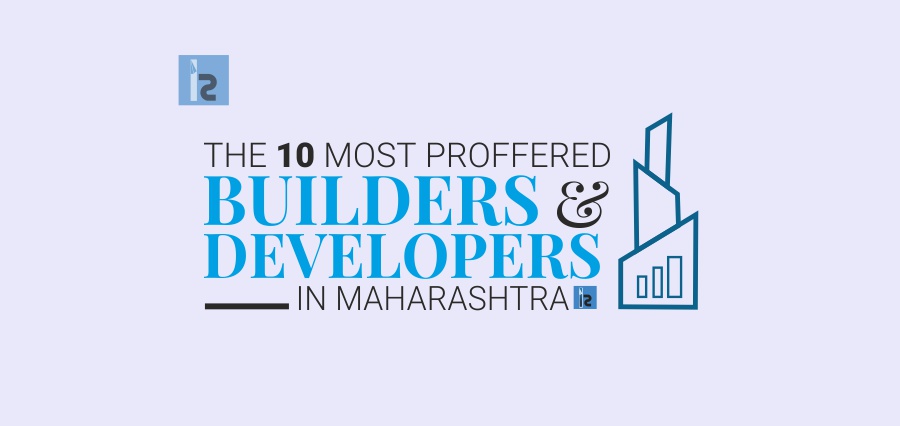Earlier this year, the state of Maharashtra topped the GBCI (Green Business Certification Inc) list of India’s Top 10 States for Leed (Leadership in Energy and Environmental Design), the world’s most widely used green building rating system. The list ranks Indian states in terms of cumulative gross square meters (GSM) of LEED-certified space. With 373 green projects, the state, in terms of area, measures 10.25 Crore GSM.
These rankings reflect the latest trend that dominates the new buildings that are due to adorn the skylines of major cities in Maharashtra. Going Green is the best way to do, not just for the numbers, but for common public, the builders, and ultimately the earth.
Not just the new and upcoming infrastructure, even the existing ones are pitching in their efforts to correct the mistakes done in the past and turn to green methods that can be implemented without major re-construction.
Green buildings create healthier spaces for people, use less water, and generate less waste, are energy-efficient and conserve natural resources as compared to a conventional building. The making of a green building starts with a focus on four major elements – material, source of energy, water management, and health components.
For the material aspect, one looks for locally available natural and renewable material that can be of use in construction. While old structures were made out of locally available rocks, the green buildings of today use bricks and other construction material with a mix of fly-ash, an otherwise waste material. To fulfil the energy requirements of a green building, Solar Power is what one looks up to. Apart from generating electricity, solar designs help maintain the temperature of a building as well as lighting it up naturally.
Water, the next essential element must be conserved and used efficiently by putting up a proper rainwater harvesting system, grey-water, and rainwater catchment areas, low flush toilets, groundwater recharge facility, and more. Finally, the health components include the paint used, ventilation system, plantation in and around the building, and other such factors.
While it is often assumed that green buildings cost more than the conventional buildings, looking at the long term returns, the preference for such buildings is gradually growing among buyers. The builders understand the potential that this market possesses, and are developing projects that fit the bill.
In this edition, we bring you the stories of “The 10 Most Preferred Builders and Developers in Maharashtra” that are redefining the skyline of the State with unique concepts and construction approaches.


